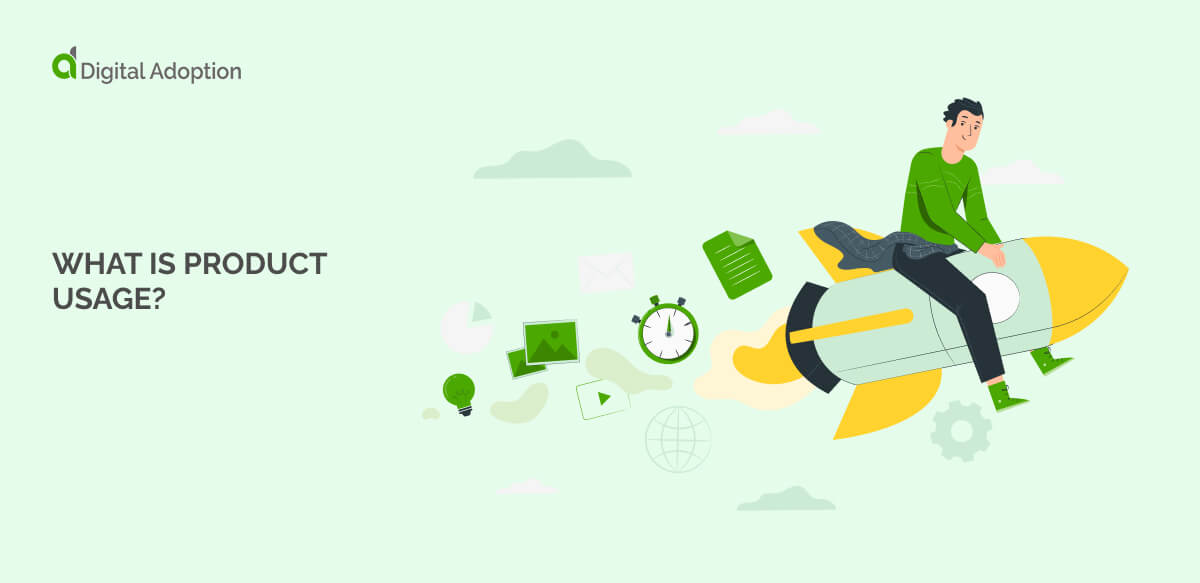What is product usage?
Product usage is the data which shows how customers use a product or service, serving as a key indicator of successful product adoption across an organization. Analysing the information helps businesses to understand how often people are using it, which features are popular, how much time is spent on it, the number of people actively using it and the percentage of customers who continue to use it over time. Understanding these metrics helps businesses make changes that meet customer needs and keeps them happy.
The information is gathered from various sources, such as in-app tracking, CRM systems, web analytics, A/B testing platforms, user surveys and interactions with customer support. It is particularly useful for software products, digital tools and apps, which can gather large amounts of product usage information.
Product experience platforms can be useful in analysing product usage, as they collate data from these sources and offer dashboards and reports that highlight key metrics for quick understanding.

